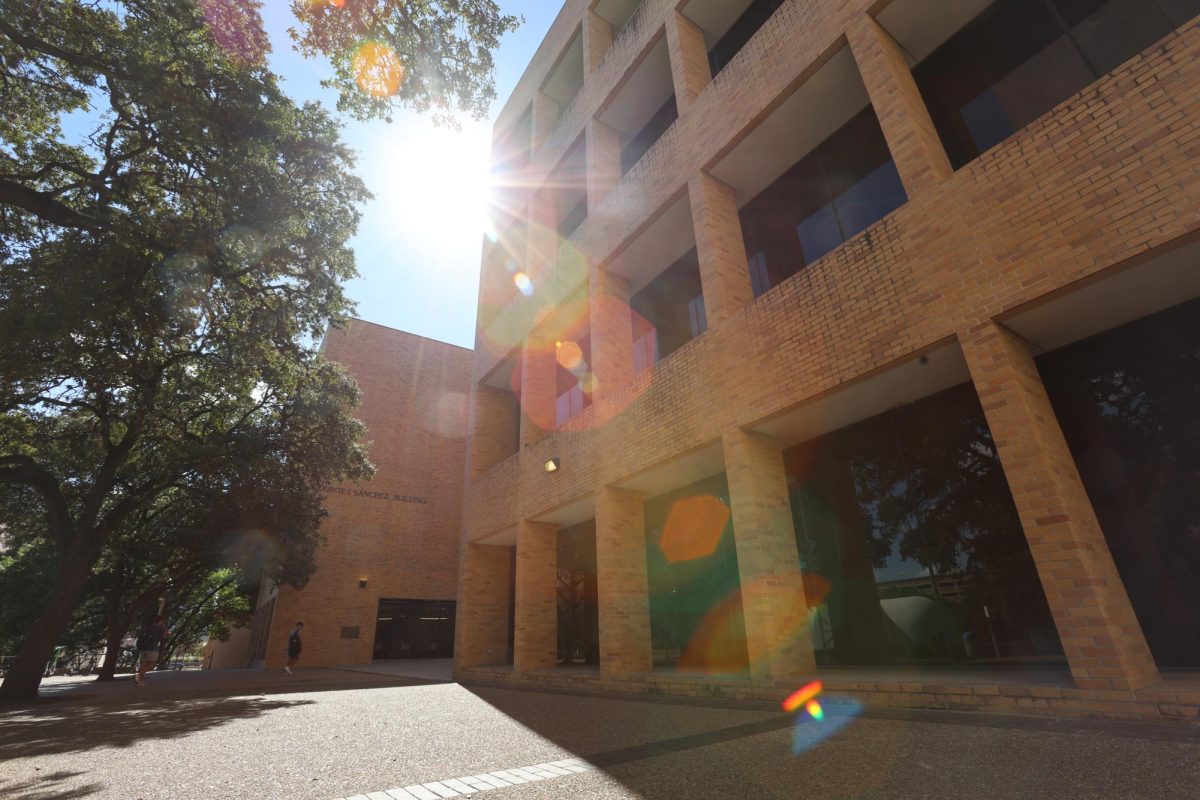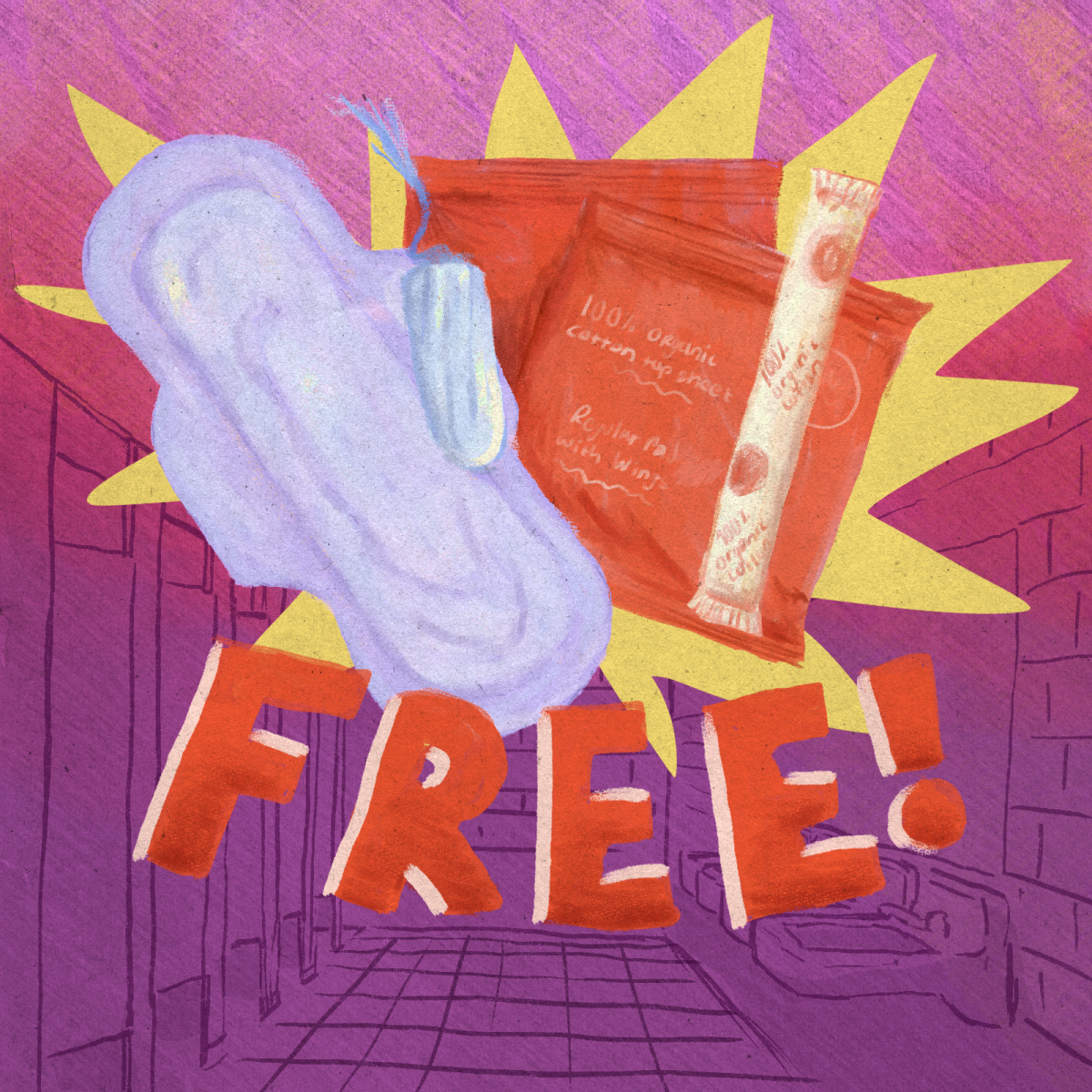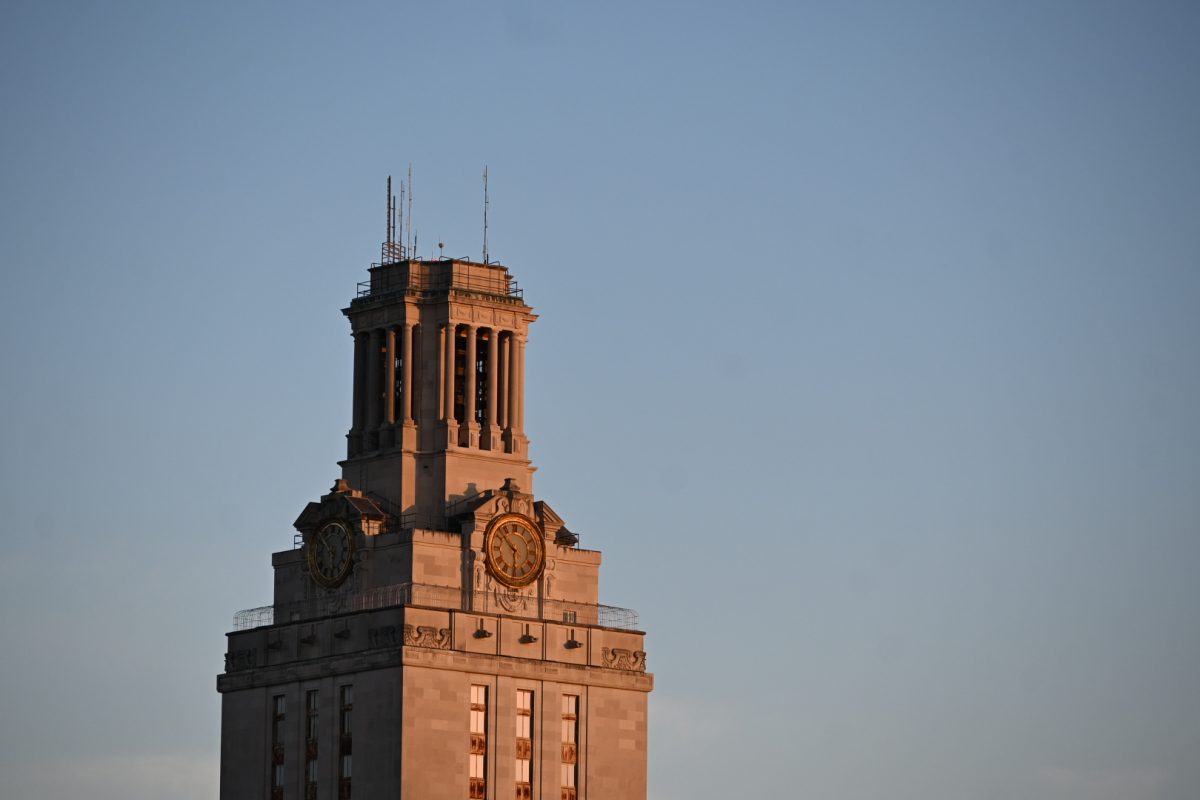Texas A&M’s medical school accepted more applicants for the class entering next year than it has room for, said an A&M administrator.
Thomas Shomaker, dean of A&M’s College of Medicine, said 250 students accepted offers to the school, which is accredited for a class size of 170 students.
He said the school will accept volunteers from the class to defer until next year and will offer the volunteers a scholarship worth just more than $6,500 — about 60 percent of tuition costs for one year. So far, 10 students have deferred or accepted offers elsewhere. In addition to deferment, the school will offer preferred or guaranteed admissions into other medical research or cross-discipline programs it offers.
Shomaker said the school will assign mandatory deferments to bring the class down to 170 on April 1. He said they will assign the deferments on that deadline to resolve the issue before it interrupts students’ financial and housing plans for next year.
Because of the guessing game medical schools have to play when deciding how many acceptance offers to extend, A&M is not alone in dealing with over-admissions, Shomaker said.
“You’re always in a position of trying to predict how many students are going to accept your offer of admission and sometimes you get it right, and sometimes you’re off,” Shomaker said.
He said A&M has historically had to accept just under three students for every one who decides to attend the school. This year, he said, every two offers yielded an acceptance. He said the school built new campus facilities in Round Rock and College Station for this year, which may have contributed to the increased interest in the school.
In Texas, the eight public medical schools all participate in an application program called Texas Medical and Dental Schools Application Service. The program matches applicants with medical schools based on their qualifications and the schools make their final selections by Feb. 1. Schools can make pre-match offers to applicants through December of the previous year.
David Jones, associate dean of admissions at the UT Health Science Center in San Antonio, said medical schools’ dependence on historical data means they have to be conservative when guessing how many offers to make before the match date.
Last academic year, the UT Medical Branch at Galveston had a similar admission problem to the one A&M faces now. UTMB spokeswoman Molly Dannenmaier said the school adjusted the number of offers it made because it expected fewer responses because of the damage done to the area by Hurricane Ike.




















